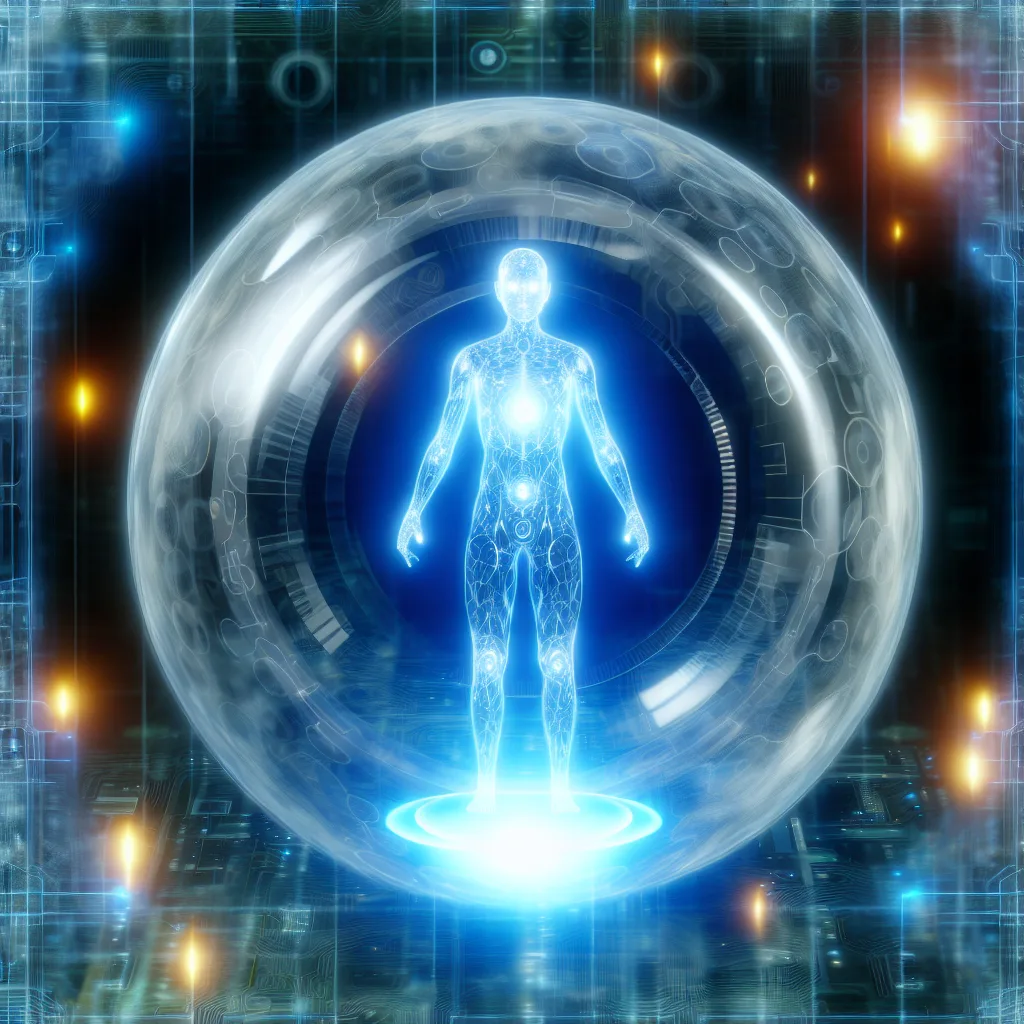Exploring the challenges of safe AI creation and the intriguing idea that our universe might be a test environment.
When we talk about safe AI creation, it’s hard not to feel the weight of responsibility. Unlike most inventions, where we’ve had plenty of tries and errors to learn from, Artificial General Intelligence (AGI) feels like a big one-shot deal. Get it wrong, and the consequences could be enormous.
Historically, technological breakthroughs rarely come out perfect on the first try. Take the steam engine as an example. It took multiple designs, experiments, and failures over many years before the steam engine became a practical and effective tool. This pattern of trial and error has been true for almost every major invention in human history.
But with AI, especially AGI, the stakes feel higher. We don’t really have the luxury of endless do-overs. If an AI system surpasses us or loses control, it might be game over. So it begs the question: how do we get to safe AI creation right the very first time?
One interesting idea is that before releasing AGI into the real world, we need a kind of perfect simulation—a virtual space where we can test and see how AI might behave without risking actual harm. This isn’t just a fantasy; simulations have been a key part of technological development across many fields. Yet, simulating something as complex and unpredictable as AGI on a grand scale is a monumental task.
This brings us to a fascinating thought experiment—what if our own universe is itself a complex simulation? The idea is that some advanced creators or beings have set up our reality inside a supercomputer to explore how AGI or even Artificial Super Intelligence (ASI) might emerge and evolve safely.
It’s a concept that crosses into the realm of simulation theory, which suggests our reality might be artificial, created by a higher intelligence. It’s more than just sci-fi speculation—it could be linked to why progress in AI might be more cautious or measured than we expect.
Whether or not we live in a simulation, the challenges of safe AI creation are very real. We need to build frameworks, safeguards, and technologies that ensure AI aligns with human values from the start. Organizations like OpenAI and initiatives in ethical AI research provide resources and ongoing efforts to make AI development safer and more transparent.
In addition, understanding the philosophical side of this problem reminds us how our work with AI might fit into a much bigger picture. The idea of simulating AI progress echoes an age-old truth: we must be thoughtful and careful as we step into new technological frontiers.
For those curious about more on simulation theory and its implications, check out Nick Bostrom’s Simulation Argument and the practical considerations of AI safety on The Future of Life Institute.
In the end, the journey to safe AI creation is about balance—between innovation and caution, ambition and responsibility. It’s a path filled with unknowns, but one where asking these big questions is already a step in the right direction.
